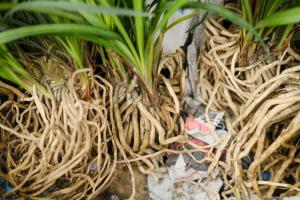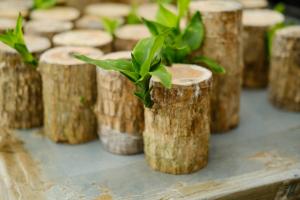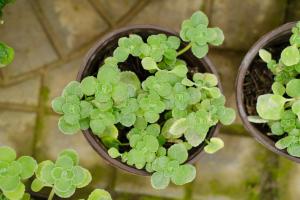Are light therapy lamps good for plants?
Light therapy lamps are popularly used by people who suffer from seasonal affective disorder (SAD). These lamps simulate natural sunlight, which can help alleviate the symptoms of depression caused by reduced exposure to sunlight during the winter months. However, some people also use these lamps for growing indoor plants. But, are light therapy lamps good for plants?
What are light therapy lamps?
Light therapy lamps produce artificial light, which mimics natural sunlight. They are designed to simulate the sun's spectrum, which includes UV rays, visible light, and infrared radiation. The lamps are intended to be used indoors, and they come in various sizes and shapes.
How do light therapy lamps affect plants?
Plants require specific types of light to grow, and light therapy lamps may not provide the full spectrum of light that plants need. These lamps tend to emit more blue light and less red light, which is not ideal for plant growth.
Although light therapy lamps may not produce the ideal light spectrum for plant growth, they can still benefit some plants. For example, some plants that thrive in low-light conditions, such as snake plants and pothos, can benefit from the extra light provided by these lamps. However, plants that require full sunlight, such as tomatoes and peppers, may not be able to grow successfully under light therapy lamps alone.
What are the benefits of light therapy lamps for plants?
Light therapy lamps can provide several benefits for plants, including:
Increased growth rate
Reduced stress on plants grown in low-light conditions
Improved foliage color
Preventing plants from becoming leggy
What are the drawbacks of light therapy lamps for plants?
While light therapy lamps can provide some benefits, they also have some potential drawbacks:
High energy consumption
Overheating plants when placed too close
Not providing the full spectrum of light that plants need
May not be cost-effective for growing large quantities of plants
Conclusion
While light therapy lamps can be useful for people suffering from SAD or for growing low-light plants, they may not be the best choice for growing plants that require full sunlight. If you are planning to grow plants indoors using light therapy lamps, it is important to research the specific needs of the plants you want to grow to ensure they are getting the appropriate amount and spectrum of light. Additionally, it is important to monitor the plants closely to prevent overheating and ensure they are thriving under the artificial light source.

 how many times do yo...
how many times do yo... how many planted tre...
how many planted tre... how many pine trees ...
how many pine trees ... how many pecan trees...
how many pecan trees... how many plants comp...
how many plants comp... how many plants can ...
how many plants can ... how many plants and ...
how many plants and ... how many pepper plan...
how many pepper plan...
































